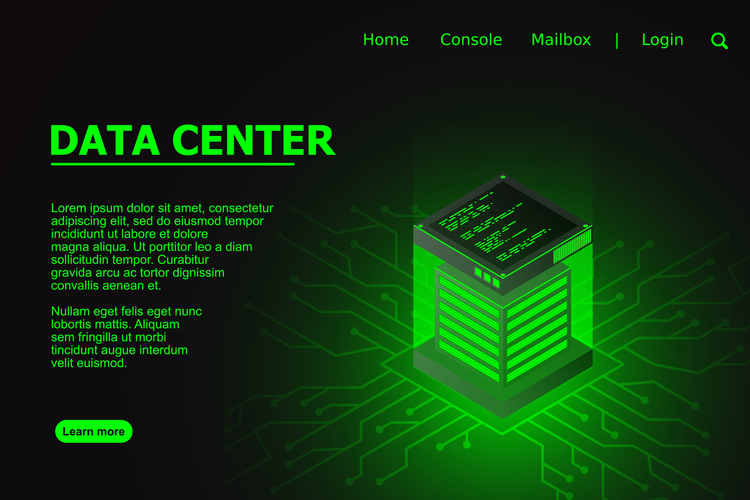If your team tends to run behind on development timelines, FDD could get you more organized. Here, teams should allocate reasonable estimates to each feature, assign them to a team member and work out what needs to happen for these deadlines to be met. For ultimate success, all team members should take part in this process — so everyone is aligned with the plan of action. Feature Driven Development is a very useful software for a large organization.

Indeed, there is less focus on people in FDD , as the main centre of this approach lies on the actual feature and how the people around it help with its harmonious development. Feature-Driven Development is a less common methodology on its own. However, it is quite essential to remember that it can be easily integrated with other agile methodologies. Configuration management is quite important, especially when new team members join in or when you are adopting FDD for the first time. However, it is a best practice that should be maintained regardless of where in your journey to Feature-Driven Development you may be.
Feature Driven Development History
After that, splitting of those sets into small feature sets takes place. To understand the feature, we first need to understand the function. The client wants the development team to develop software. Clients would wish to have certain features in the software, and those features will have respective functionalities. The designing of FDD happened when the rest of the frameworks were not working for Jeff.

Developers concentrate on the features that are important to the client. Once all the teams finish their work, the QA teams test the feature. It is a focused approach by the individual members, and they work on their respective design duties.
How does the Feature Driven Development (FDD) process work?
The feature list tells the developers what features need to be developed. After the creation of the feature list; the development manager will create the plan for the features that need work. This methodology appeared before the Agile manifesto but declares similar principles.
If you work at a large company and will be tackling large, complex processes, using a feature-driven agile approach may be right for you. FDD is designed to grow as your company and your project grows, and it works well if your product requires long-term, ongoing development. Focusing on features helps you address customer needs more quickly and helps you identify and fix and problems that may come up. When thinking about agile methodologies, you probably think about scrum.
What is a feature-driven (FDD) development model?
Use the information assembled in the first step to create a list of the required features. Make a list of features (that can be completed in two weeks’ time), and keep in mind that these features should be purposes or smaller goals, rather than tasks. The left side of the metadata model shows the five basic activities involved in a software development project using FDD. The activities all contain sub-activities that corresponding to sub-activities in the FDD process description. These concepts originate from the activities depicted in the left side of the diagram.

Domain object modeling, developing by feature, individual accountability, feature teams, inspections, configuration management, regular build schedule, and progress reports. Every class of building the feature has a room with a specific developer. Class owners are in command of all successions that are created between the practice of the components.
Members of the Feature Driven Development team
The evolution of features is then on record with a series of fourteen days “design by feature, work by feature” series. As the FDD teams are cross-functional, all aspects of development take place concurrently – the UI design, coding, and QA. At this stage, the team defines the overall scope of the software https://www.globalcloudteam.com/ development project. The features list is similar to the scrum product backlog. Features are expressed as action, result, and object (for example, “validate the account number of the user”). The domain expert is a member of a team that understands the problem that the customer needs to be solved.
- As enhancements are made, the class owner ensures that the purpose and design of the class is not compromised.
- First of all, feature driven development is a compact and straightforward process that provides the scope of revision and correction.
- Join our learning platform and boost your skills with Toolshero.
- This ensures that design decisions consider multiple thoughts and perspectives.
- FDD was initially devised by Jeff De Luca to meet the specific needs of a 15-month, 50-person software development project at a large Singapore bank in 1997.
In other words, timely reporting happens to the end-user.In scrum, the Product Owner represents an end-user. Additionally, the product owner confirms if the product is suitable to the customer or not.The smaller, the better, sprint size is 2 to 10 daysSprint size is 2 to 4 weeks. In simplest of terms, the domain object modeling is to take a problem domain and build a class diagram showing different types of objects, and the relationship between them. In other words, the domain object model provides an overall framework, which details out how we are going to add functions for every feature.
Feature Driven Development Disadvantages Are:
The product management and development team members then start working on these features first and put them in the backlog. As with other Agile methodologies, FDD allows teams to ship features quickly, but it’s more suitable for larger and long-term projects and big teams. This is possible because detailed documentation helps keep larger teams aligned. One of the biggest challenges in any iteration-zero-style or upfront activity is knowing when to stop.

It employs model-driven systems including Eric Evan’s Domain-Driven Design and Peter Coad’s modeling in color. Domain-Driven Design concentrates on internal domain and field rationale. Watch out for the risks and obstacles in the development process. It is advisable to schedule the development completion of the features in less than two weeks.
External links
Managers lead a project using regular progress reports from all levels inside and outside the project. A function or tool that is so complex that it takes more than two weeks to develop, is broken down into smaller functions until each sub-problem is small enough to be solved within two weeks. https://www.globalcloudteam.com/glossary/feature-driven-development/ This makes it easier to deliver the right functionalities and to adjust the system. A feature-team is a dynamic and small team that develops a small feature. They make sure every moment of decision-making is looked at from multiple angles, and that several design options are evaluated.
